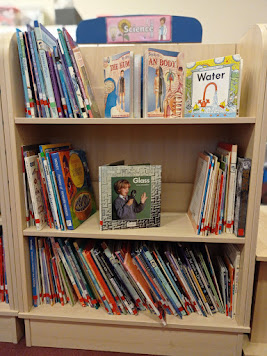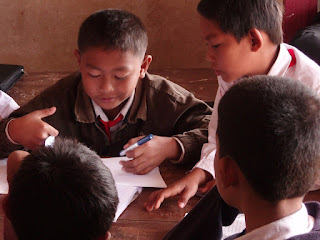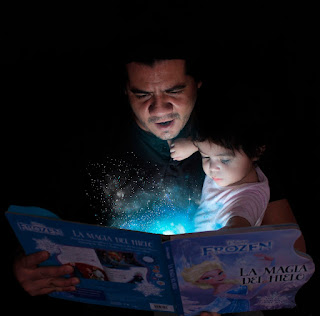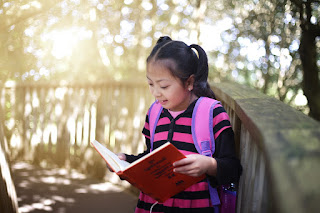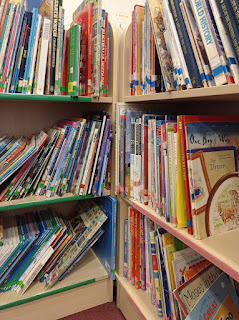First Words: Building Vocabulary with Under-3s through Reading

The early years of a child's life are crucial for language development , and reading plays a vital role in building vocabulary during this critical stage. Even before children can speak, they are absorbing language and learning new words through exposure to books and conversation . In this blog, we'll explore the importance of building vocabulary in under-3s and how reading can be an effective tool for fostering language development in young children. Why Building Vocabulary Matters : Vocabulary development is foundational to language acquisition and literacy skills. A rich and diverse vocabulary not only enables children to express themselves more effectively but also enhances their ability to comprehend spoken and written language. Research has shown that children with larger vocabularies tend to perform better academically and have stronger reading comprehension skills later in life. Therefore, it's essential to start building vocabulary from an early age to set childr...

